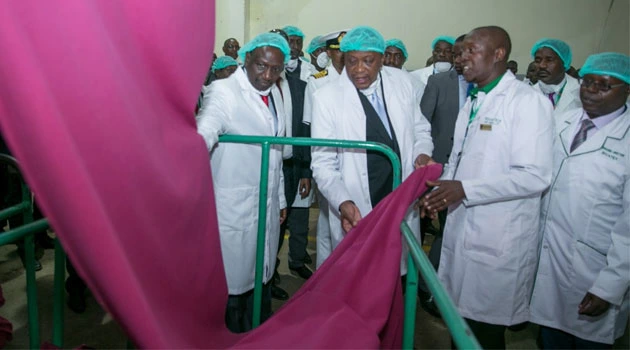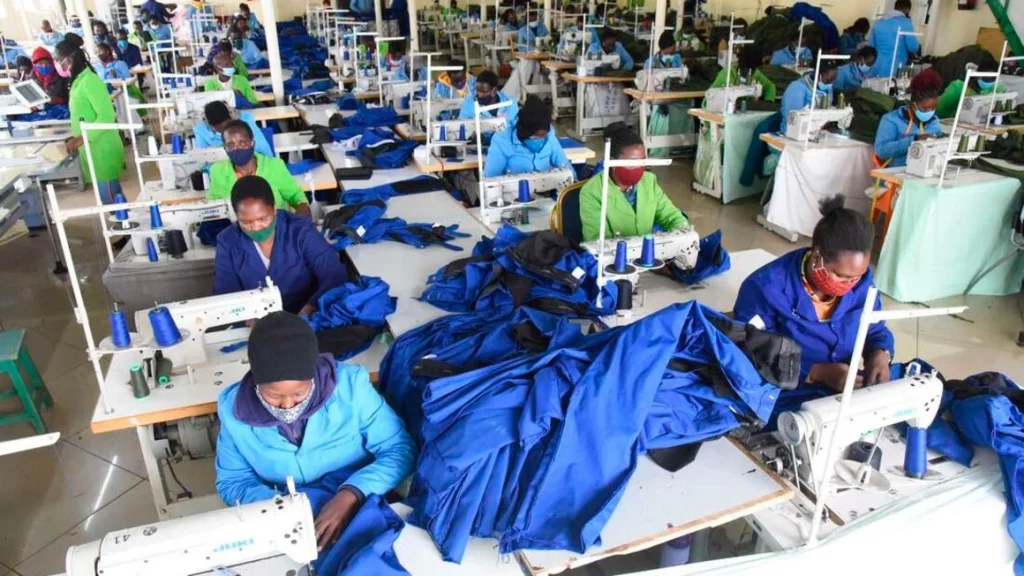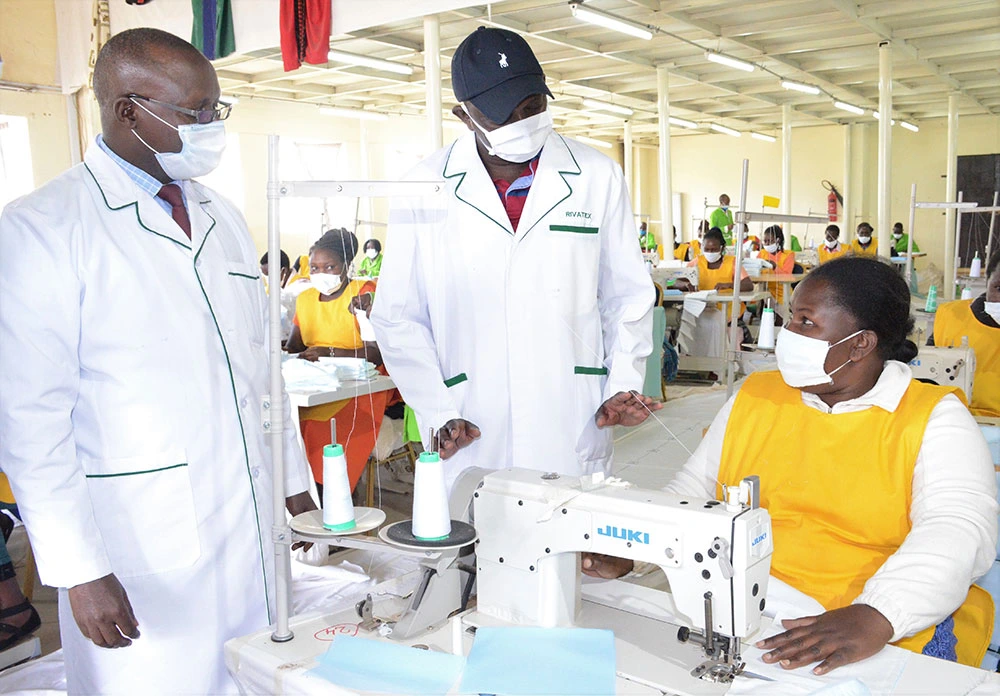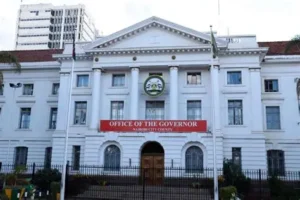Rivatex, a textile producer with its headquarters in Eldoret, has started a program to maintain a consistent supply of raw materials as it reorganizes its operations to meet international standards.
To enhance the area under cultivation of the cash crop and provide a consistent supply of raw materials to support efficient operations, it has contracted farmers in the cotton-growing regions of eastern and western Kenya.

The business is helping farmers in 22 counties invest in the Bt cotton strain since it is disease-resistant and generates higher returns.
“Farmers have revived most of the co-operative societies through which we are working with them,” said the company MD Thomas Kipkurgat.
Teso region representative Chrispine Amuono of the Agriculture Food Authority (AFA) claims that the area can generate an abundance of cotton to help the nation’s textile sector function.
The Mulwanda Ginnery’s resurrection, which had been halted for years, just received KSh60 million from the government.

The management of the company has previously acknowledged that due to severe cotton scarcity, it was operating below capacity, producing an average of 40,000 bales annually as opposed to its capacity of 70,000 bales.
However, after starting to train farmers in contemporary cotton cultivation, the textile company expects to raise cotton consumption from 10,000 bales per day to 100,000 bales per day, which translates to a daily production rate of 40,000 meters, up from the previous 5,000 meters.
To ensure a consistent supply of raw materials for ready processes, more than 500,000 acres of cotton are needed.
Subscribe to our youtube channel at Switch Tv
Prof. Kipkurgat stated that the ratification of Bt cotton “would provide a consistent supply of raw materials to support our activities” and added that the business has partnered with counties in the area to increase the availability of the raw materials.
A deficit of over Sh17 billion is imported from neighbouring countries to make up the county’s average cotton production deficit of 5,300 tons per year versus a demand of about 38,000 tonnes.
Three years ago, the New Rivatex obtained a Sh3 billion loan from the Indian government and an extra Sh3 billion from the Treasury to replace its outdated equipment.
After being placed under receivership more than ten years ago, the textile company was purchased by Moi University for Sh205 million.
















